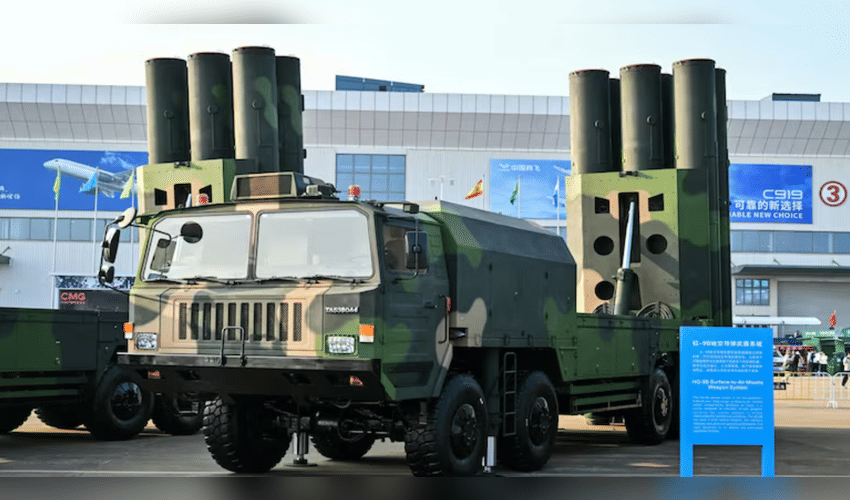Technology
China's Real-World Combat Test of Weapons Amid India-Pakistan May 2025 Clash

China reportedly took advantage of the recent India-Pakistan conflict to conduct its first real-world combat test of several advanced weapons systems, according to a new US congressional report. This four-day clash in May 2025, which was among the most intense between the two nuclear-armed neighbors in decades, became an unplanned battlefield for China to showcase and validate its military technology through Pakistan’s deployment.
This conflict marked the combat debut of Chinese modern weapons such as the HQ-9 surface-to-air missile defense system, the PL-15 air-to-air missile, and the J-10C fighter aircraft. The US-China Economic and Security Review Commission described the use of these systems as a “real-world field experiment.” Pakistan employed these advanced Chinese arms effectively against India's French and Russian fighter jets, reportedly shooting down several aircraft, including some Rafale jets. This demonstration of Chinese weaponry not only underlined their growing sophistication but also served as a promotional platform to boost China’s defense industry and export ambitions in the region.
Following the conflict, China moved quickly to strengthen its defense ties with Pakistan, offering to sell additional advanced military hardware such as the J-35 fifth-generation fighter jets, KJ-500 early warning aircraft, and ballistic missile defense systems. The report highlighted how Beijing leveraged the conflict not just for strategic testing but also to expand its influence in South Asia’s defense procurement landscape. There were even efforts by Chinese diplomatic channels to dissuade other countries from purchasing competing French jets by spreading disinformation campaigns, thus enhancing China’s competitive edge in the global arms market.
This tactical use of the conflict reflects a broader trend in China’s military modernization strategy, which under the leadership of President Xi Jinping has seen significant investment in cutting-edge missile technologies, aerospace capabilities, and integrated defense systems. The testing and showcasing of the HQ-9, PL-15, and J-10C during active combat provide concrete evidence of China’s growing capability to operate sophisticated weapon systems beyond controlled exercises, reinforcing its position as a formidable defense power.
Experts believe this demonstration has implications beyond the immediate India-Pakistan standoff. It signals to regional actors and global military powers alike that China’s defense industry is achieving new levels of operational readiness and technological advancement. Moreover, the operational success of Chinese weaponry in real conflict scenarios boosts Pakistan’s military standing vis-à-vis India and heightens the strategic competition in South Asia.
China’s opportunistic use of the India-Pakistan conflict as a live testing and promotional ground for its modern weapons marks a significant development in regional geopolitics. It highlights China’s dual agenda of military modernization and strategic influence expansion, with Pakistan as a pivotal partner in this trajectory. This incident serves as a clear indicator that future regional conflicts may increasingly become theaters for emerging global powers to validate and market their military technologies in real combat conditions.



